HOW TO GET A SWIMMING SCHOLARSHIP IN USA? (HIGHER EDUCATION AND TOP SWIMMING COMBINED)
For a dedicated young swimmer, a swimming scholarship to an American university can be a life-changing opportunity, combining top-tier athletic competition with a world-class education. But the process can seem complex and overwhelming, especially for international students.
This guide will demystify the entire process, breaking it down into a step-by-step roadmap, from understanding the different collegiate divisions to making first contact with coaches and navigating the detailed academic and financial requirements.
Dive Into: Your Guide to a US Swimming Scholarship
- Step 1: Understand the US Collegiate System
- Step 2: How Good Do You Really Need to Be?
- Step 3: The Scholarship Timeline: A 4-Year Plan
- Step 4: Navigate the Academic Requirements
- Step 5: Understand the Costs and Funding
- Step 6: Crafting Your Recruiting Profile
- Step 7: Understand Your Value to a US Team
- Step 8: Research Schools & Make a Great First Impression
- Step 9: The Official Visit: What to Ask
- Step 10: Get Noticed and Secure an Offer
- Step 11: Key Considerations for International Students
- Frequently Asked Questions
Not everyone will be in the Olympic ranks with Ryan Lochte, Alexander Popov, Ian Thorpe or Michael Phelps, however, if some swimming dedication is present in a person, it is not unreachable to pursue swimming at a collegiate level.
There are many collegiate swimming levels and therefore many opportunities for swimmers of all abilities to take part in this wonderfully competitive sport.
Step 1: Understand the US Collegiate System
To understand where you'd fit in, you first need to understand the American collegiate system. There are a few main governing bodies, each with its own divisions and scholarship rules.
NCAA (National Collegiate Athletic Association) The largest and most well-known governing body.
-
Division I (DI): This is for the top swimmers in the world. To get a good scholarship, you'll likely need to be competing at a national or European Championship level.
-
Division II (DII): Still very competitive, but the standards are slightly more accessible than DI. DII schools offer athletic scholarships.
-
Division III (DIII): DIII schools do not provide athletic scholarships, but often have excellent academic aid packages.
-
More Info: The official NCAA website and the NCAA Eligibility Center.
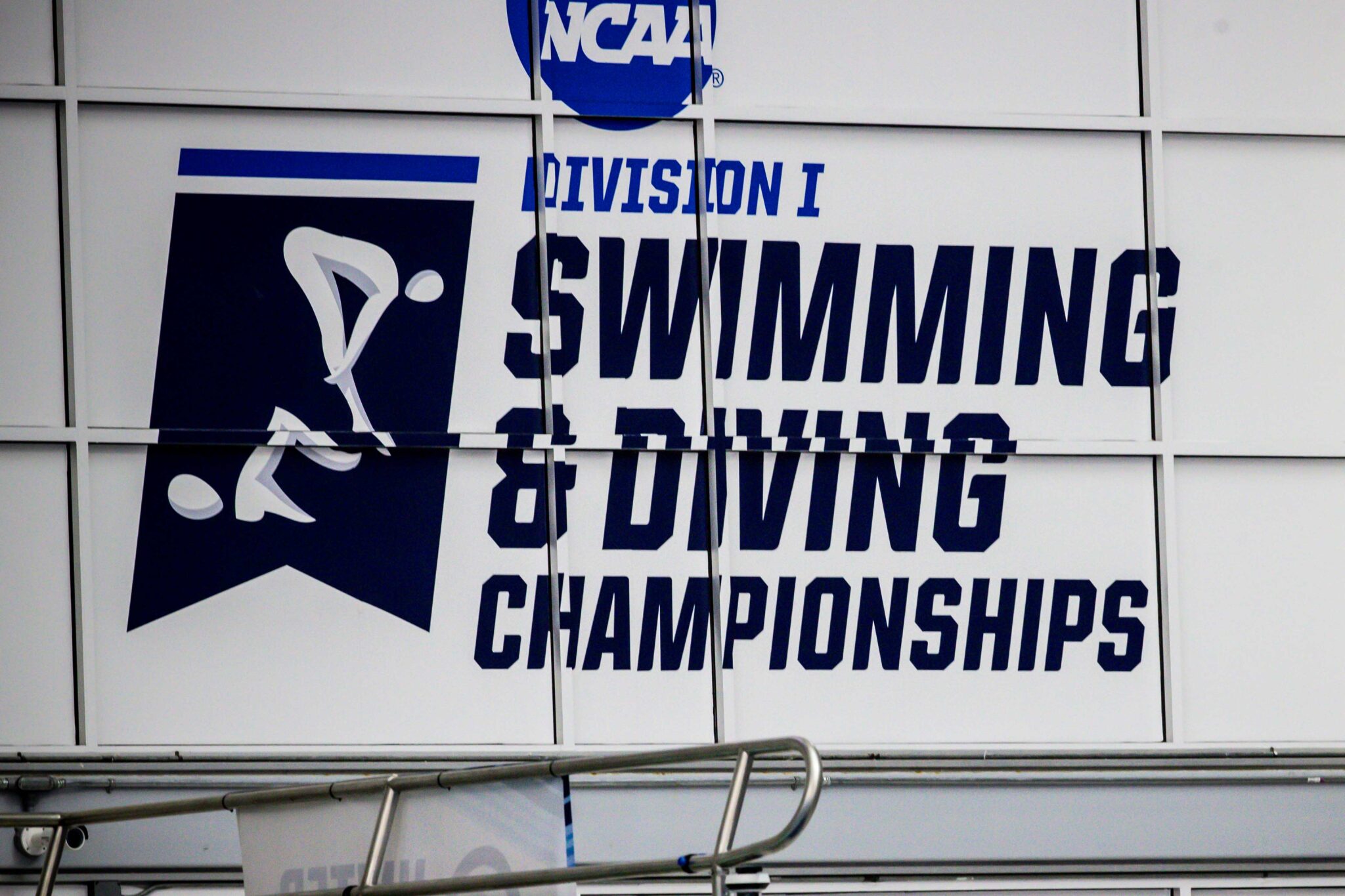
NAIA (National Association of Intercollegiate Athletics) The NAIA is mostly composed of smaller private schools. The top-end talent is comparable to NCAA DII, but the competition is generally not as deep. This can be a great division for strong swimmers who might not be at the elite DI level.
- More Info: The official NAIA website and the PlayNAIA eligibility portal.
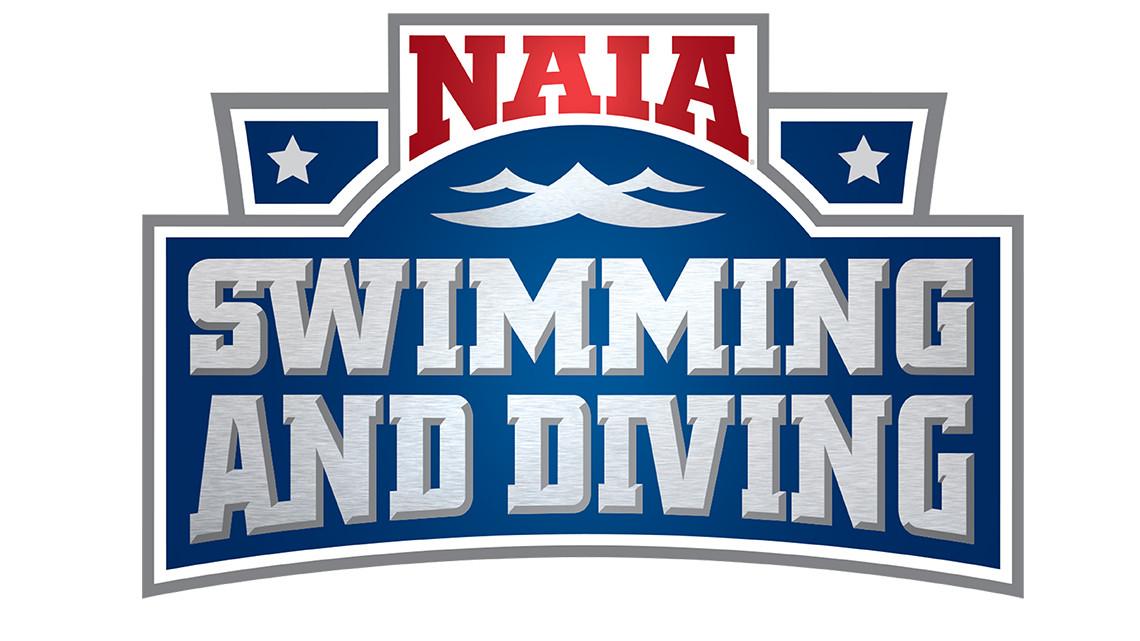
NJCAA (National Junior College Athletic Association) This is a 2-year junior college program. After completing your two years, you transfer to a 4-year university to finish your degree. NJCAA swimming can be very fast, with schools like Indian River State College historically producing world-class talent.
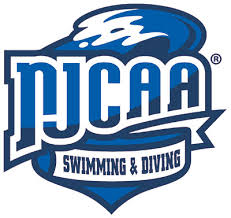
More info is on the official NJCAA website
Two Modern Game-Changers: NIL and the Transfer Portal
The US collegiate system has undergone two massive changes in recent years that every prospective athlete should know about:
-
NIL (Name, Image, and Likeness): As of 2021, NCAA athletes can now legally earn money from their personal brand. This includes income from social media endorsements, sponsorships, teaching private lessons, and more. For a high-profile international swimmer, NIL opportunities can be a significant source of income.
-
The Transfer Portal: The NCAA has made it much easier for student-athletes to transfer between universities. This provides more flexibility if you find that your initial choice of school is not the right athletic or academic fit.
Step 2: How Good Do You Really Need to Be?
The incredible success of swimmers in the US collegiate system, highlighted by legends like Michael Phelps, has made American universities a top destination for talent. As a result, swimmers from every country are waking up to this possibility, and the competition for the best places, especially for boys, is intense.
A male swimmer hoping to get to a Top 30 swimming college will likely need to be nationally ranked, have international experience, and be able to swim multiple events. Even then, a full scholarship is not guaranteed. This is because men's teams are limited to a budget equivalent of 9.9 full scholarships, which must be divided among a squad of 25-30 swimmers.
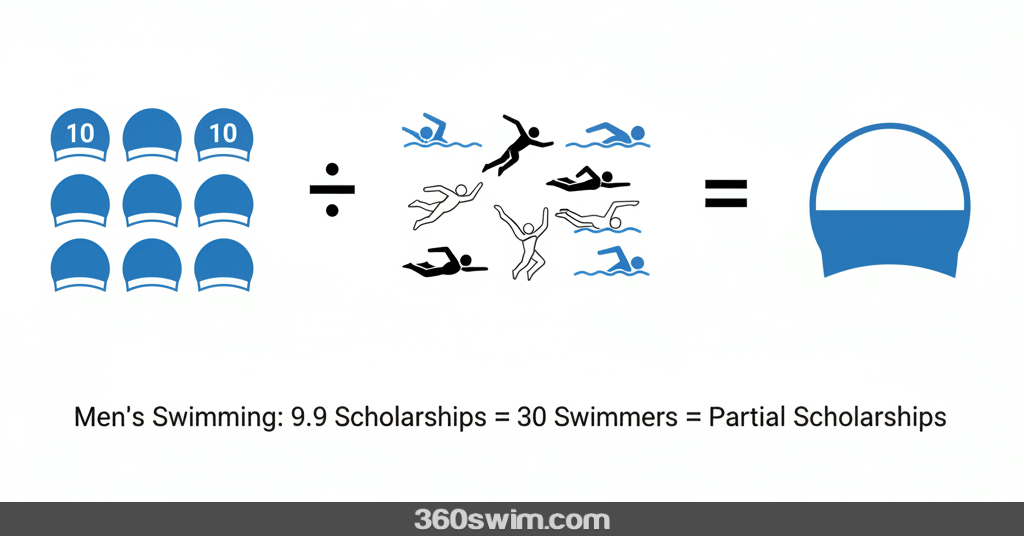
Girls are in a much better position. Women's teams are allowed 14 full scholarships, so girls swimming at a top county level or who are one-event specialists can often get excellent funding.
However, there are many universities that will look beyond your current ability and base awards on your development potential and academic achievements.
Step 3: The Scholarship Timeline: A 4-Year High School Plan
The recruiting process is a marathon, not a sprint. Here is a general timeline of what you should be doing and when, based on the US high school system.
Year 1 & 2 (Freshman/Sophomore Year - Ages 14-16)
- Focus on Academics: This is the time to build a strong academic foundation. Your grades from these years count.
- Build Your Swimming Base: Work hard in the pool. Your times are your primary currency.
- Start Your Research: Begin creating a long list of potential universities. Look at their swim times, academic programs, and locations. Don't worry about contacting coaches yet.
Year 3 (Junior Year - Ages 16-17) - THE MOST IMPORTANT YEAR
- Nail Your Academics: This is the most critical academic year for US admissions.
- Take Your Standardized Tests: Register for and take the SAT/ACT and the TOEFL/IELTS. You can take them more than once to get your best score.
- Register with the NCAA Eligibility Center: Create your profile and start the academic certification process.
- Craft Your Recruiting Profile: Create your swimming CV and film your recruiting video (see below).
- Initiate Coach Contact: This is when you begin emailing coaches at the schools on your list. NCAA rules allow coaches to begin actively recruiting you after June 15th following your sophomore year.
Year 4 (Senior Year - Ages 17-18) - The Decision Year
- Official Visits: If coaches are interested, you may be invited on "official visits" to campus, where the university pays for your trip.
- Applications: Complete your university applications, usually between September and January.
- Scholarship Offers: Coaches will begin making verbal scholarship offers.
- Sign Your NLI: The final step is signing the National Letter of Intent (NLI), which is a binding agreement to attend that university for one academic year.
Step 4: Navigate the Academic Requirements
A swimming scholarship is an academic pursuit first. Students, parents, and teachers frequently ask about the value of an American degree. In America, you will achieve a Bachelor's Degree, and most programs require an internship, giving you valuable work experience before graduation.
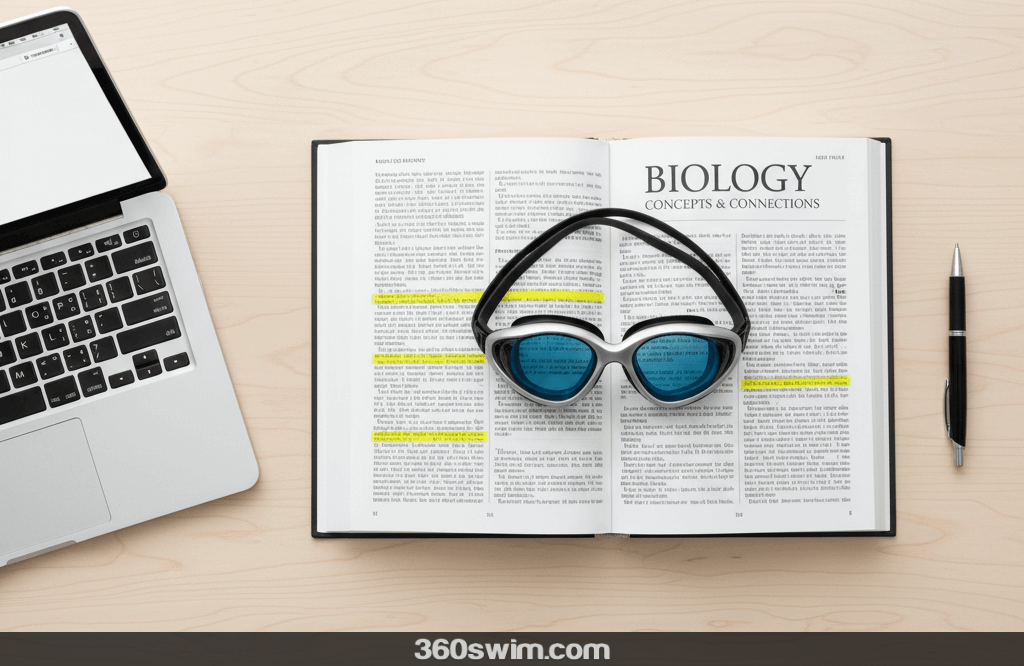
Academic Requirements by Association
-
NCAA: The NCAA has the most stringent rules. For international students (using the UK system as an example), this includes a C grade average in core subjects like Math, English, Science, and Social Studies. A/S levels, A-levels, and Highers are highly recommended and can even earn you degree-level credit. It is essential that you visit the official NCAA Guide for the College-Bound Student-Athlete to review the specific requirements for your country's educational system.
-
NAIA: The NAIA offers more flexibility. A prospective student must meet two of these three criteria: 1) achieve a minimum test score (18 ACT or 970 SAT), 2) have a minimum 2.0 GPA, OR 3) graduate in the top half of their class. You can find more details at the PlayNAIA eligibility portal.
-
NJCAA: The NJCAA is the most accessible. The main requirement is to be a high school graduate or equivalent. Specific eligibility is determined by the individual junior college's admission standards.
You will also likely need official translations of your transcripts and other school documents if your native language is not English.
Standardized Tests
In the past US universities required applicants to take a standardized test to demonstrate their academic readiness. However, the landscape for standardized tests has changed significantly in recent years.
-
NCAA Eligibility: As of 2023, the NCAA has permanently removed the SAT/ACT test score requirement for initial eligibility. You no longer need to submit a test score to be cleared to compete.
-
NAIA Eligibility: The NAIA still uses test scores as one of its three potential qualifying criteria.
-
NJCAA: The NJCAA is very accessible for initial eligibility. The main requirement to compete in your first year is to be a high school graduate or hold an equivalent credential. There is no central clearinghouse with minimum GPA or test score requirements for incoming freshmen. However, once enrolled, you must meet specific academic progress requirements (e.g., passing a certain number of credit hours with a minimum 2.0 GPA) to remain eligible to compete in your second year.
-
University Admissions: Regardless of athletic association rules, many individual universities still require or recommend SAT/ACT scores for admission, especially for international students. Many schools are now "test-optional," but submitting a strong score can still significantly strengthen your application.
-
English Proficiency: If you are not a native English speaker, you will almost certainly need to take an English proficiency test like the TOEFL (Test of English as a Foreign Language) or IELTS.
It is crucial to research the specific requirements and application deadlines for each university you are interested in.
It is highly recommended that you visit the official NCAA Guide for the College-Bound Student-Athlete to review the specific requirements for your country's educational system.
Step 5: Understand the Costs and Funding
The cost of a US university education has risen significantly. It's important to have a realistic understanding of the potential expenses. American universities are divided into public (state-funded) and private institutions. For international students in 2025, the estimated total cost of attendance (tuition, fees, housing, food, and books) is roughly:
- Public Universities: $35,000 to $55,000+ per year.
- Private Universities: $50,000 to $80,000+ per year.
A scholarship offer from a coach will cover a portion of these costs. After you are admitted and have a promised amount from the coach, you will know how much your family is expected to contribute.
Academic Scholarships Don't forget that strong academic performance can earn you academic scholarship funding. This is very attractive to a coach, as it means they don't have to use as much of their limited athletic scholarship budget on you.
If you still have to pay a portion, remember there are often opportunities to earn extra cash with on-campus jobs, though this is usually limited. It's also worth noting that many swimmers who start on a partial scholarship can earn more money after a year or two. As older swimmers graduate and free up the budget, a dedicated and improving athlete can often negotiate a larger scholarship.
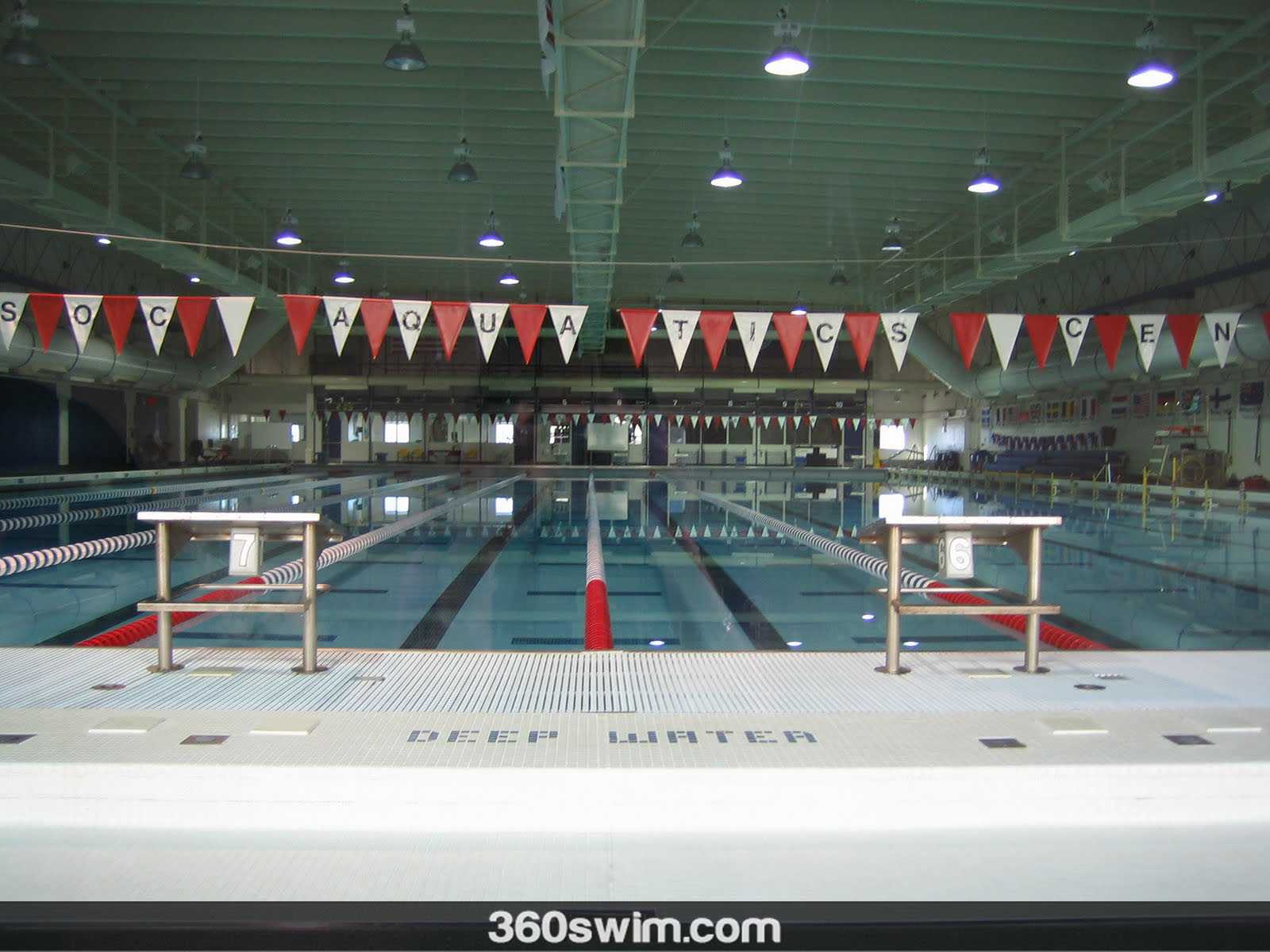
Step 6: Crafting Your Recruiting Profile: The CV and Video
Before you contact coaches, you need to prepare a professional profile that showcases your talents.
The Swimming CV This is a one-page document that summarizes your career. It should include:
- Personal Information: Name, address, email, phone number.
- Academic Information: High school name, graduation year, grades (GPA), and standardized test scores (SAT/ACT/TOEFL).
- Swimming Information: Your main events, best times (in both Short Course Meters and Long Course Meters), major accomplishments (national rankings, team records, etc.), and your current club and coach's contact information.
The Recruiting Video (2-4 minutes max) A well-made video is your most powerful tool. It should include:
- A Brief Introduction: A 15-second clip of you speaking to the camera (name, events, why you're interested).
- Skill Footage: Short clips of you demonstrating starts, turns, and finishes for your primary strokes.
- Racing Footage: Your best race footage from a recent competition. Include the on-screen clock if possible.
- A Thank You and Contact Info: A final slide with your email and a thank you.
Step 7: Understand Your Value to a US Team
As an international swimmer, it's important to understand why American coaches are actively recruiting athletes like you.
Due to the intense competition for talent within the USA, many coaches cast their net further afield to find dedicated swimmers who can boost their program and raise the university's international profile. A coach's job often depends on the team's performance, so they are highly motivated to find committed athletes.
Many coaches have found that swimmers from countries like the UK, for example, often adapt well to the US system and are extremely dedicated to both their academics and their swimming. You are not just asking for a spot; you are offering the talent and commitment that their team needs to succeed.
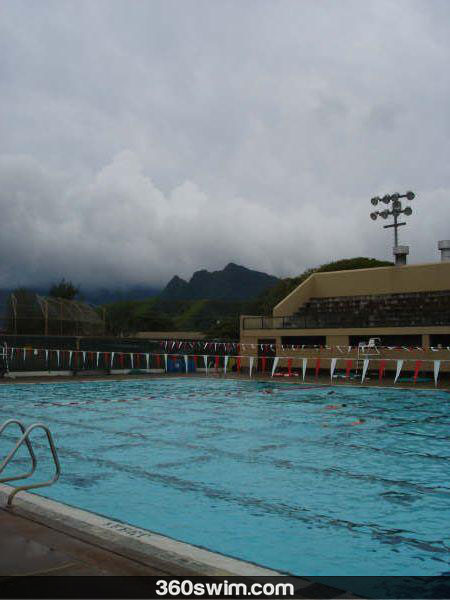
Step 8: Research Schools and Make a Great First Impression
This is probably the toughest part. You need to do your research to see where your times and academic interests fit in.
It is hard work to get to the point where you are all set and ready to move overseas. But if you look hard enough, you will find a school that will support you in your swimming endeavors.
A great place to start is a recruiting website like NCSAA.org website, which lists all the colleges with swim programs. Visit the websites of schools that interest you and check out the swim team's records, best times, and current roster. Don't forget to make sure they offer the academic major you want to study!
Once you have a list of schools, it's time to contact the coaches. You will not get a scholarship if coaches do not know about you, so treat this like applying for your first job. You want to learn more about them and they definitely want to learn more about you.

Be prepared to talk about:
- Who you are
- Your best times and accomplishments.
- Why you are interested in their specific program.
- Why you would be a good fit for the team.
- What you would like to study.
Be unique. Top coaches receive an insane number of recruiting letters. A generic email that just asks for a scholarship will probably be ignored. A personalized video or a direct phone call can make a much stronger first impression.
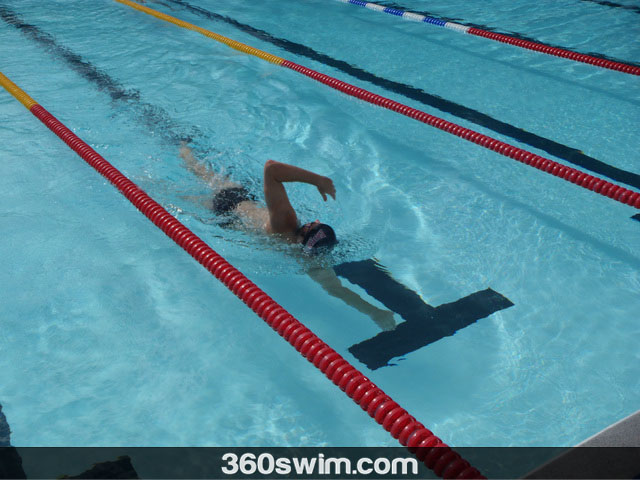
Step 9: The Official Visit: What to Expect and What to Ask
If a coach is seriously interested, they may invite you for an "official visit," where the university pays for your trip. This is your chance to see the campus, meet the team, and decide if it's the right fit. Be prepared to ask questions.
- Ask the Coach: What is your coaching philosophy? How do you see me fitting into the team? What is the balance between academics and athletics?
- Ask the Team: What is a typical day like? What do you like most (and least) about the program? How is the team culture?
- Ask Academic Advisors: What academic support is available for student-athletes? Can I balance my chosen major with the demands of swimming?
Step 10: Get Noticed and Secure an Offer
You will not get a scholarship if coaches do not know about you. Coaches are paid to recruit, and if their teams perform poorly, their job is on the line. Many have found that athletes from the UK, for example, often settle in well and are very committed.
There are two main ways to get noticed:
- Proactive Contact: You can contact coaches directly by sending your swimming CV and videos. This can work, but it requires good advice, extensive research, and some luck.
- Use a Recruiting Service: The recruiting process can be overwhelming. Alternatively, you can use the services of a professional recruiting agency. These companies are experts who can help build your profile, connect you with appropriate schools, and guide you through the complex paperwork of applications, eligibility, and visas.
Some well-known agencies in this field include:
Important Note: If you choose to use a service, be sure to thoroughly research the company, read reviews, and understand all costs and services involved before signing any contracts.
Step 11: Key Considerations for International Students
Beyond the swimming and academics, international students have a few extra hurdles to be aware of.
- Student Visas: Once you are admitted, you will need to apply for an F-1 Student Visa, which involves an embassy interview and significant paperwork.
- Health Insurance: US healthcare is extremely expensive. You will be required to have comprehensive health insurance, which can be a significant additional cost.
- NCAA Amateurism: You must be certified as an amateur athlete. This means you generally cannot have accepted prize money beyond your actual expenses or have had a professional contract. Be sure to be completely honest in your NCAA questionnaire.
Time is precious, so don't waste another minute just thinking about moving to America, try your luck now.
Frequently Asked Questions
What are the main collegiate swimming divisions in the USA?
The main divisions are NCAA (Divisions I, II, and III), NAIA, and NJCAA. NCAA DI is the most competitive, while DII and NAIA also offer scholarships and are great options. DIII does not offer athletic scholarships.
How good do I need to be to get a swimming scholarship?
For top NCAA DI schools, you'll need to be at a national or international level. However, there are many opportunities in NCAA DII and NAIA for swimmers at a strong regional or county level. Girls often have more scholarship opportunities due to larger team funding.
What is the first step to getting a scholarship?
The first step is research. Identify the divisions and schools that match your swimming times and academic goals. Then, you need to make first contact with the coaches of those teams.
How should I contact a college swim coach?
Treat it like a job application. Be unique and professional. Introduce yourself, provide your best times and accomplishments, and explain why you are interested in their specific program. A personalized video or a direct phone call can be more effective than a generic email.
What are the current academic requirements for a US scholarship?
While the NCAA has removed the SAT/ACT requirement for eligibility, many universities still require or recommend them for admission. You will also need good grades in core subjects and likely need to take an English proficiency test like the TOEFL if you're not a native speaker.
Does a 'full scholarship' mean everything is free?
A true 'full ride' scholarship covers tuition, fees, housing, food, and books. However, swimming is an 'equivalency' sport, meaning coaches divide a limited budget (9.9 scholarships for men, 14 for women in DI) among a large team. As a result, most swimming scholarships are partial.
Can I earn money as a college swimmer with NIL?
Yes. Thanks to new Name, Image, and Likeness (NIL) rules, NCAA athletes can now earn money from their personal brand. This includes income from social media endorsements, sponsorships, teaching private lessons, and more, which can be a significant financial opportunity.
What is the NCAA Transfer Portal and how does it work?
The Transfer Portal is an official NCAA system that allows student-athletes to declare their intention to transfer to another university. It has made the process of changing schools much more streamlined, giving you more flexibility if your initial choice is not the right athletic or academic fit.
 LNURL1DP68GURN8GHJ7URP0YHRXD3SWDMKJMFWVDHK6TMVDE6HYMRS9A4HSCNCWFXSH3NN0H
LNURL1DP68GURN8GHJ7URP0YHRXD3SWDMKJMFWVDHK6TMVDE6HYMRS9A4HSCNCWFXSH3NN0H


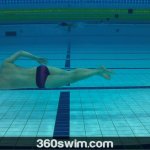
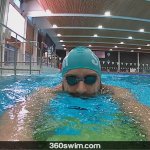
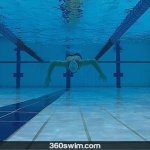

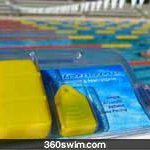





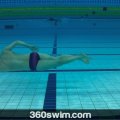


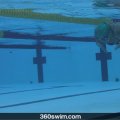
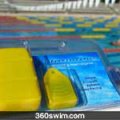
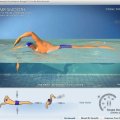



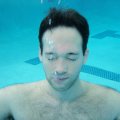

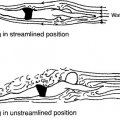

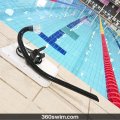




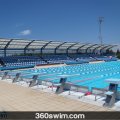

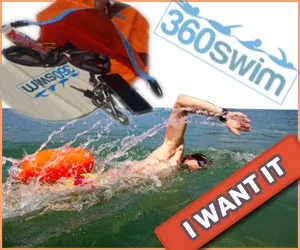

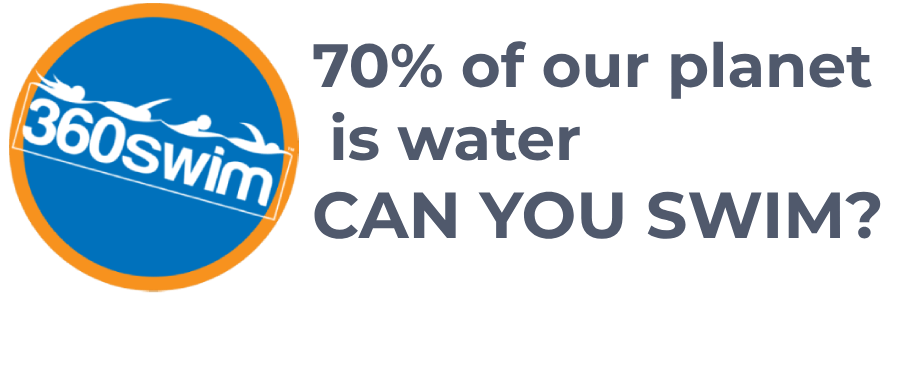
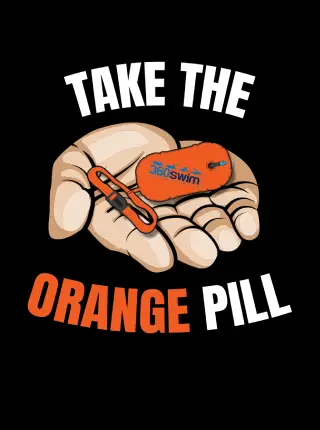
Comments (2)